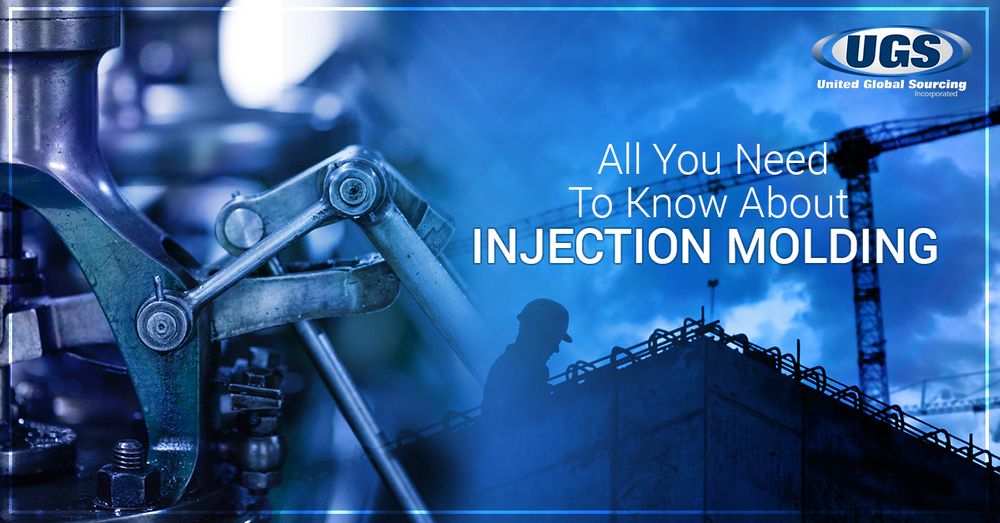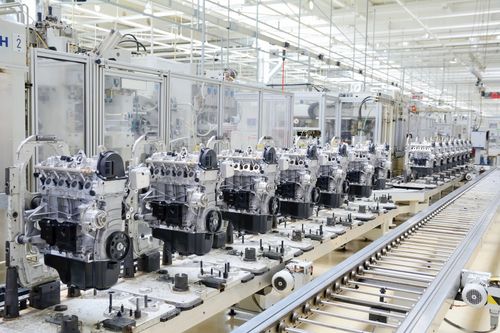Have you ever wondered how injection molded parts came to be? The earliest record of this manufacturing process dates back to 1868. During this time, a billiard ball maker named John Wesley Hyatt came up with a way to make billiard balls by injecting celluloid into a mould. It wasn’t until 1987 that Hyatt and his brother patented the very first injection molding machine. Due to the resources that were available at the time, this machine was relatively simple, and featured a basic plunger that injected the plastic into a mold through a heated cylinder. As years went on, the industry continued to progress with plastic molded injections of collar stays, buttons, and hair combs. In the 1940s, the concept of injection molded products grew in popularity. This is likely because World War II created a large demand for inexpensive, mass-produced products.
The manufacturing industry saw another improvement in 1946 when a man named James Hendry constructed the very first screw injection molding machine. This machine revolutionized the plastics industry with an auger design that would eventually replace Hyatt’s plunger. In Hendry’s injection molding machine, the auger was placed inside the cylinder, which would mix the injection molded materials before they were pushed forward into the mould. This was a major achievement, as it allowed colored plastic or recycled plastic to be mixed thoroughly before being injected. Today, screw injection molding machines account for 95% of all injection machine companies.
At United Global Sourcing, we’re proud to be a leading provider of manufacturing and fabrication services throughout the country. We specialize in industrial manufacturing, including precision casting and plastic injection molding. From simple to complex products, you can count on our experts to go above and beyond for your needs. Get a quote online today!
Injection Mold Applications
As you may have guessed, plastic injection molding is the preferred process for manufacturing plastic parts across the globe. Injection molds can be used to create a variety of products, from containers and automotive parts to electronics and pocket combs, injection molds can be found virtually everywhere. The injection process is ideal for those who want to produce a high volume of plastic parts, because multi-cavity injection molds can be created. There are many advantages to using injection molds, and some of them include:
- A wide range of material selection
- Low labor costs
- Minimal scrap losses
- High tolerances
- Repeatability


